How To Design A More Weather-Resistant Home
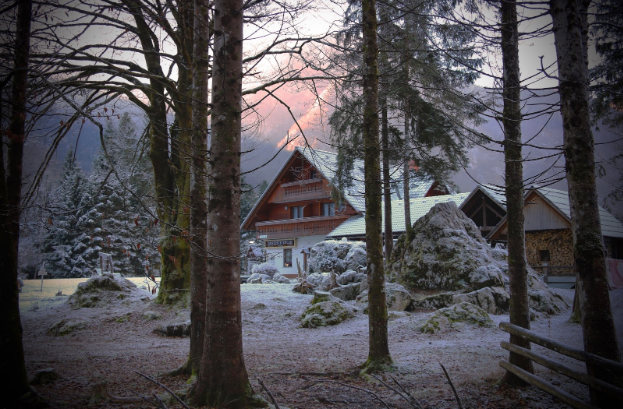
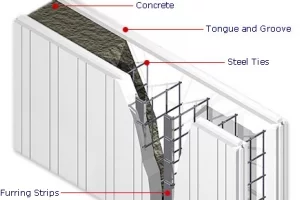
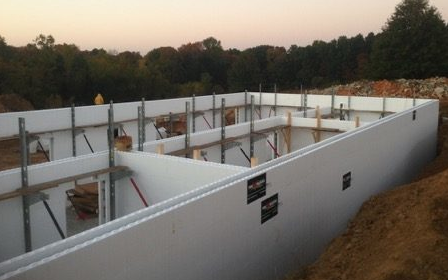
There are more options than just metal or wood studs in new home construction now, and if you are in an area with extreme weather, builders are better equipped than ever. Homes that are shaped like domes can withstand nearly every kind of weather disaster imaginable, while other homes are designed specifically for floods, tsunamis, and even forest fires. Depending on the type of extreme weather you’re facing, you will want different types of construction techniques used in your home.
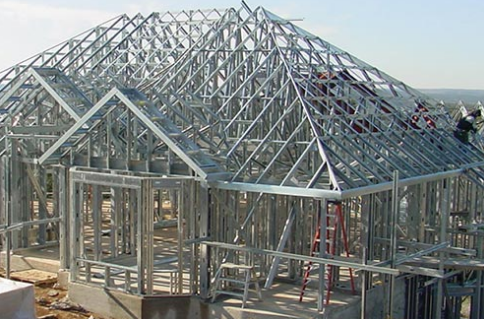

If you want the most energy-efficient home, as well as increased weather resistance, you should consider continuous insulation. Continuous insulation means your entire home is insulated, without gaps. This is particularly important in areas such as your basement, which may be vulnerable to excess moisture from severe weather without it. A lack of insulation can cause condensation in cold areas, which can, in turn, create mold and mildew. Mold and mildew is a surprising problem in new home construction and can be an expensive issue to fix. Mold can also affect your health, so its especially important to avoid.
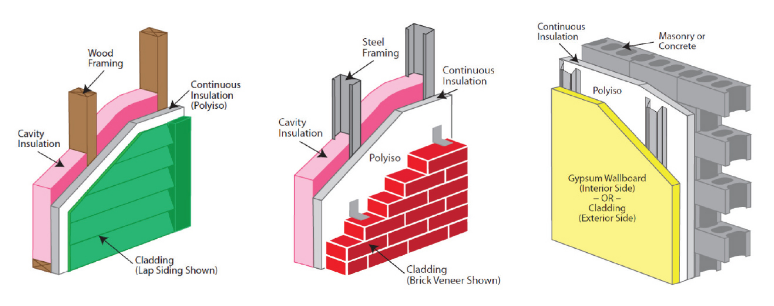
Drainage is incredibly important, providing protection from severe weather such as excessive rain or snow, and preventing erosion and damage to your foundation. There are many ways to make a lawn drainage system look more appealing, from permeable grass paving to hiding the drainage system within the landscaping. Drainage can also be aided by gutter covers, as well as changing the landscaping around your home, and perhaps even your driveway. With so many options, there is always a way to make the drainage improvements around your home both functional and beautiful.
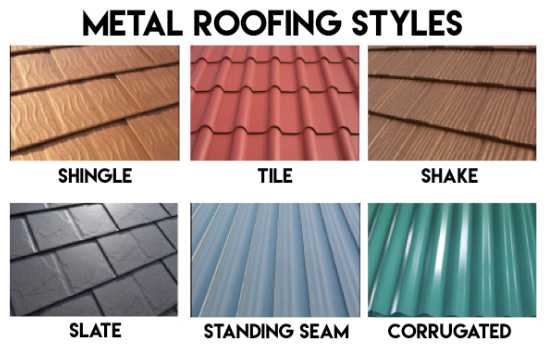
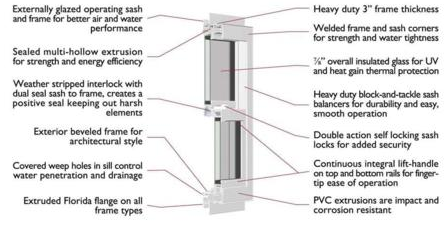
Matt Lee is the owner of the Innovative Building Materials blog and a content writer for the home building materials industry. He is focused on helping fellow homeowners, contractors, and architects discover materials and methods of construction that save money, improve energy efficiency, and increase property value.











